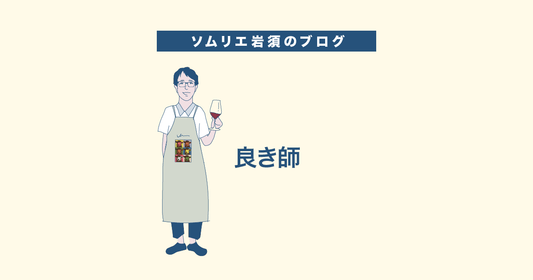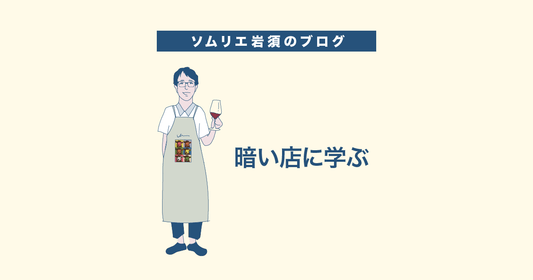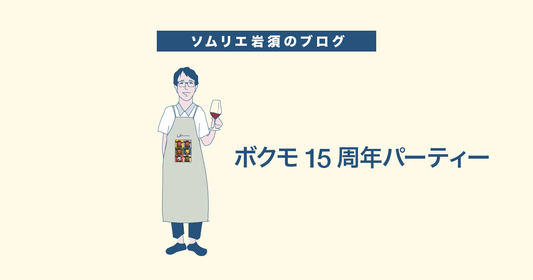
Recently, the food at Bokumo has been changing a bit.
For example, this new menu item.

This is "Lu Rou Fettuccine ." Lu Rou is pronounced "Lu Rou." Yes, this is a pasta based on the Taiwanese gourmet dish "Lu Rou Fan" that has become popular recently.
This meaty snack, flavored with the unique spice "Five Spice Powder," has already seen a decent number of orders since its introduction this week. Thank you.
And there's also this.
"Soft-shell shrimp and ma-gao rice noodles."

This is rice noodles with shrimp as the main ingredient, which can be eaten with the shell on.
The dish is finished with a Taiwanese spice called ma kao (the small black grains sprinkled on top).
This spice looks like black pepper, both in its whole form before grinding and after grinding. However, it is not as hot as pepper and has a refreshing taste like lemongrass.
This goes well with rice noodles made with fish sauce.
A customer who came in today said, "I thought this kind of Asian-style menu would go well with beer, but I decided to try pairing it with wine, and it was surprisingly good."
Yes, that's it!
I would be grateful if that was conveyed.
If the long-lasting "era of poverty for bars" is to come to a proper end in the future, we must start making preparations for it.
I want to be a store that offers more advanced proposals, rather than doing things the same way as before. That's what I've been thinking lately.
The idea that emerged from this was "Asian taste."
Why would a New Zealand wine store offer an Asian-style food menu?
There is a reason for this.
Going back seven years.
While visiting New Zealand and touring wineries, one winery owner said this to me:
"This wine is intended to be used in restaurants in Singapore, Hong Kong and Taiwan."
Wow!
I was surprised.
The relationship between wine and food is that the maker pursues the best flavor he can create on the spot, and then the restaurant receives the finished bottle and thinks about pairing it with the dish, saying, "So, let's pair it with this dish."
I thought that was how it was.
However, the winemaker had a different idea. "I want this wine to please people who visit Asian restaurants." That was the thought that drove him to make the wine.
Now that I think about it, I realize this is a perspective unique to New Zealand wineries.
The population is 5 million, less than Aichi Prefecture, but there are 700 wineries, more than double the number in Japan.
Naturally, a significant proportion of our wine is produced for export, and our customers are all over the world.
And New Zealand is "a late joiner to the wine party," according to Master of Wine Sam Harrop.
Industry has only flourished in the last 40 years or so, and in terms of its length of history, it is only about one-hundredth of that of Europe.
Therefore, if you want to break into the already established global wine market, I think it is necessary to "adapt to the food culture of the places where wine is consumed."
This is similar to the Japanese automobile industry. Each manufacturer sells more overseas than in Japan, so they make cars to meet the needs of the countries that buy them.
Yes. Make what the customer wants.
It may seem obvious, but there is a strong image that wine needs to conform to the standards of traditional European countries.
It was a great discovery for me to find that there are producers in New Zealand who are "capturing the needs of Asia."
And geographically speaking, Southeast Asia for New Zealand is a place that lies in a similar vertical belt of longitude, our neighbour a little to the north.
Since wine is a drink that does not do well on long journeys, it makes sense to want to share it with our Southeast Asian neighbors.
And further north on this vertical belt is Japan.
Wouldn't it be interesting if Bokumo, a Japanese restaurant specializing in New Zealand wine, could show Japanese customers the close relationship between its fellow wine-trade nations, New Zealand and Southeast Asia?
We think we have the ability to capture the fruity flavor of New Zealand wine and the spicy flavor of Asian food, so we think you will enjoy the combination of these two.
That's what I thought. I wonder.
Speaking of specific pairings, I think that "Lu Rou Fettuccine" goes well with Syrah ( for example, this wine ). The pleasant aroma of star anise matches the spicy flavor of Syrah.
However, a customer who came in yesterday said, "I think this would go well with Pinot Noir," and paired it with Pinot Noir.
I see, the Nelson Pinot that I served yesterday is highly concentrated, so it goes well with meat dishes that have a strong aroma. I learn a lot from my customers.
And "Soft-shell shrimp and magao rice noodles."
In this dish, the flavor of coriander and the refreshing spiciness of magaskhus add a touch of elegance to the intense umami of the shrimp.
In that case, it would be best to pair it with Sauvignon Blanc as a finishing citrus dressing to pour on top.
Also, if you want to counter the strong aroma, Gewurztraminer is good. The gentleness of Pinot Gris might also be good for complementing a meal.
By the way, Bokumo does not focus entirely on Asian food.
As always, the main dish will be New Zealand lamb chop steak, but we will also be serving New Zealand mussels and a variety of other creative dishes.
Our spirit remains the same: to do whatever is the perfect partner for New Zealand wine.
Within that, I would like to move forward while proactively incorporating Asian elements.
Well, even with all this talk, there are probably still many people who find it difficult to go to a bar. I'm sure there are also people whose workplace or family situations don't allow it.
However, Muji sells ready-made Lu Rou seasonings, and ready-made rice vermicelli are available at convenience stores and supermarkets. Kenmin's Yaki-Bifun is also delicious.
If you like, please try pairing Asian food with New Zealand wine at home.
And one day, maybe I'll go to Nagoya and eat out!
If so, we would be delighted if you would try Bokumo's Asian menu.
PS "Lu Rou Fettuccine" will be changed to "Lu Rou Linguine" in the next week. I thought this would go better with the Lu Rou made by the chef. Both are made with De Cecco dried noodles.





